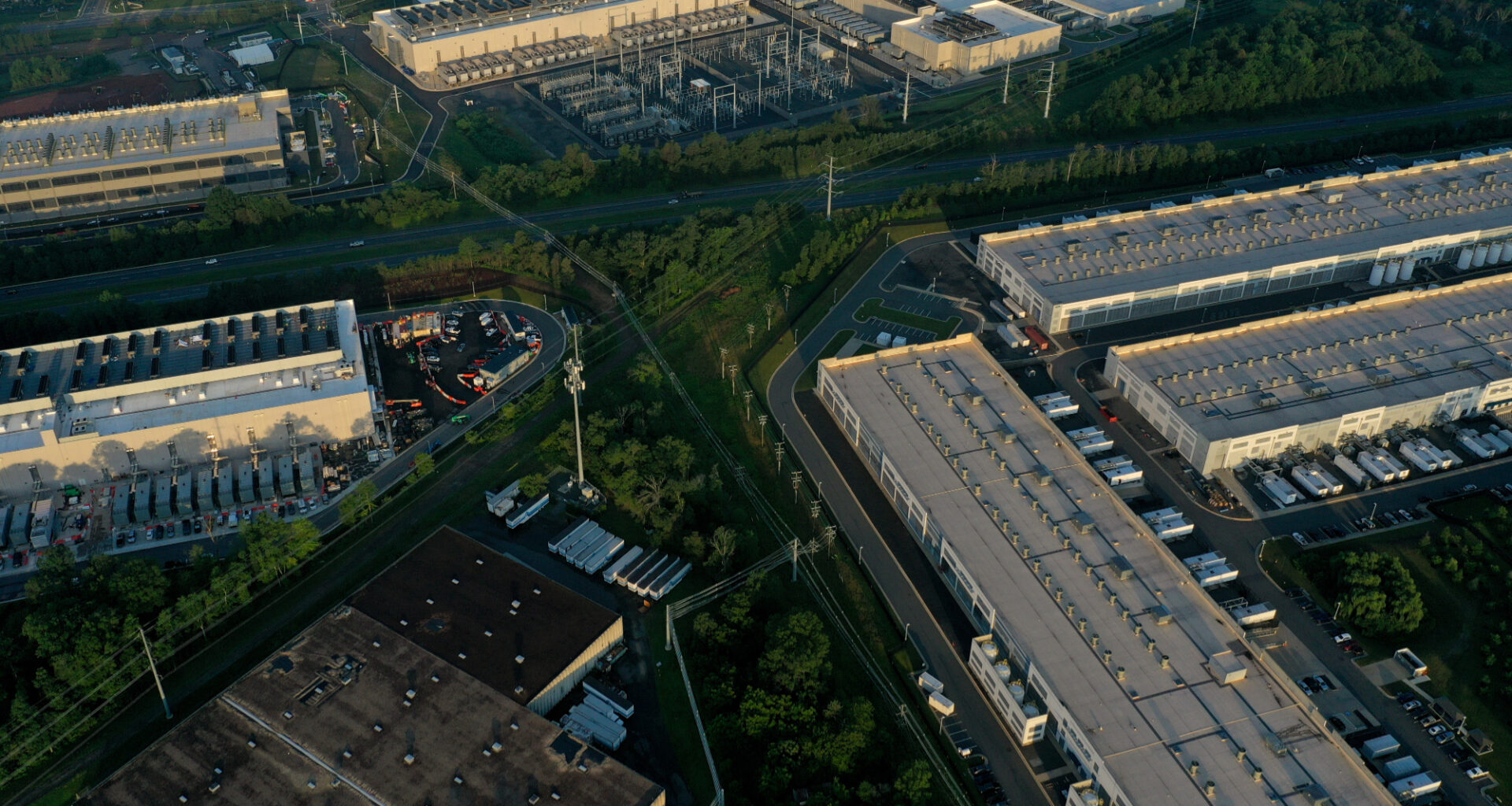A new report into the seismic demands of AI data centers on the power grid claims that electricity rates for individuals and small businesses could increase vastly in the face of data center expansion from the likes of Amazon, Google, and Microsoft. The New York Times reports that AI data centers could see their demand on the country’s electricity could increase to as much as 12% by 2028, up from just 4% a couple of years ago. Furthermore, high-tech giants are building their own power plants, becoming consumers and producers of electricity in a way that is fundamentally reshaping the U.S. electricity market. According to the report, small businesses and households could see their bills go up disproportionately as a result.
AI data centers need more power and power grid investments
Significant power demand not only creates unprecedented strain on the grid but is even forcing high-tech giants to generate their own power. For now, they use various renewable energy sources, gas turbines, or diesel generators, but going forward, some even plan to run their own nuclear power plants. Already, some sell surplus energy on the wholesale market. Over the past decade, these sales have totaled $2.7 billion, with most revenue generated since 2022. In some regions, their operations match or surpass the scale of established utilities, allowing them to influence both supply and pricing.
You may like
Keep in mind that the power usage of AI data centers is also highly volatile, shifting from peak demand to minimal load in seconds with training workloads as they reach checkpoints. Such swings can destabilize the grid, as even a 10% change in voltage or frequency can damage electronics or trip protection systems. If a major facility, such as a Microsoft Azure installation, suddenly reduces consumption, it can trigger cascading shutdowns across the network. For now, this problem has been solved through dummy workloads, but this does not solve the wider power grid expansion challenges.
Who pays for grid expansion?
However, whether hyperscale CSPs generate their own power or buy it from partners, their power requirements necessitate an expansion of the grid. The question is, who will pay for this expansion? If upgrades cannot keep pace, the result could be blackouts, with industrial customers losing access to limited capacity.
The utilities industry warns that tech firms could reserve far more capacity than they ultimately use, leaving ratepayers to cover the cost of unused infrastructure. For example, Unicorn Interests planned to launch a large data center in Virginia in 2013, but delayed opening for four years. Regulators had approved $42 million in substation and transmission upgrades, much of which went unused during the delay, costing nearby customers millions. While another project later offset part of the expense, the incident illustrates the financial risks of overestimated demand.
In Ohio, American Electric Power (AEP) proposed a separate rate category for data centers and cryptocurrency mines, requiring them to pay for at least 85% of their requested capacity whether used or not. Tech companies countered with a 75% take-or-pay commitment, arguing for flexibility and equal treatment with other large industrial users. However, early this year, the Public Utilities Commission of Ohio unanimously backed the utility’s proposal. Nonetheless, CSPs have since appealed the decision, calling it both unlawful and unreasonable.
Small businesses and households suffer
The rapid growth in electricity use from AI data centers is set to push power bills higher for households and small businesses, as utilities invest heavily in expanding the grid. This has prompted consumer advocates and lawmakers to question whether ordinary ratepayers should be footing the bill for corporate growth in the AI sector.
Since 2020, average residential electricity prices across the U.S. have climbed more than 30%, according to NYT. They could rise another 8% nationwide by 2030, a study by Carnegie Mellon University and North Carolina State University estimates. Meanwhile, in states like Virginia, an increase could be up to 25%, NYT claims.
In fact, the impact is already being felt in Ohio, where typical households began paying at least $15 more per month starting in June, a jump linked to the added demand from new data centers, according to the report. There is also an unused 500 MW power substation that belongs to AEP, which was supposed to power Intel’s Silicon Heartland campus, whose schedule has been pushed back to the next decade, but which could be pulled in if the U.S. government takes a stake in Intel.
In the end, U.S. consumers could end up paying twice for services like ChatGPT — first for the OpenAI subscription, and again for the power grid that keeps Microsoft Azure’s servers running OpenAI’s machines behind it.
Follow Tom’s Hardware on Google News to get our up-to-date news, analysis, and reviews in your feeds. Make sure to click the Follow button.
